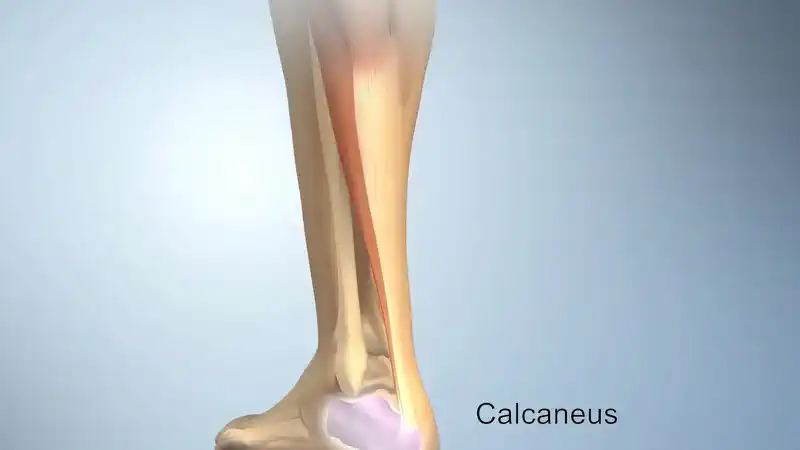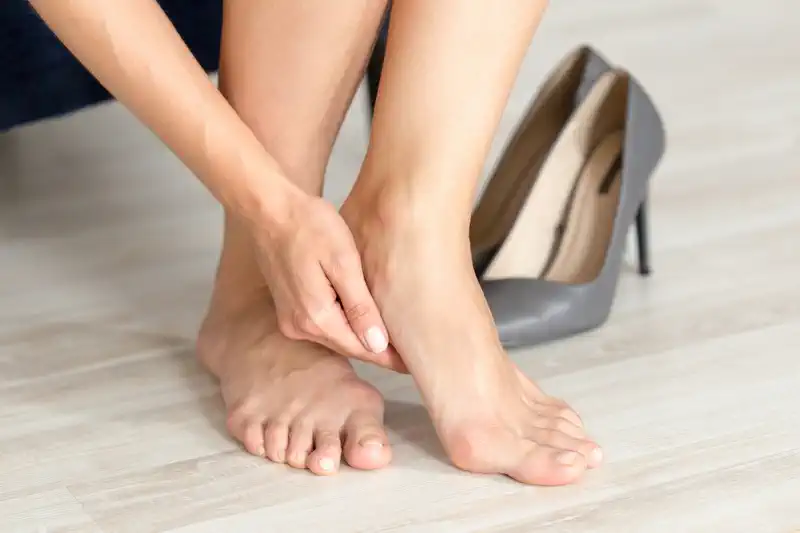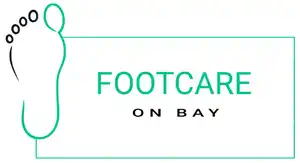Achilles Tendonitis Treatment in Toronto
Achilles Tendonitis: Causes, Symptoms, Treatments & Prevention for Lasting Relief
If you’ve ever felt a sharp or aching pain at the back of your heel or lower calf during or after activity, you might be suffering from Achilles tendonitis. This common condition affects active individuals, athletes, and even those who suddenly increase their physical activity or wear unsupportive footwear.
Understanding what Achilles tendonitis is, how it develops, and how to treat it effectively can help you recover faster and prevent future injuries.

What Is Achilles Tendonitis?
Achilles tendonitis refers to inflammation or irritation of the Achilles tendon – the thick band of tissue connecting your calf muscles to your heel bone. This tendon is essential for walking, running, jumping, and pushing off your foot.
When the tendon is overused or stressed too rapidly, tiny tears and inflammation develop, causing pain and stiffness. Over time, if untreated, this can lead to degeneration known as Achilles tendinosis.
Common Symptoms of Achilles Tendonitis:
- Pain or stiffness at the back of the heel or lower calf
- Tenderness when pressing on the tendon
- Swelling or thickening around the tendon
- Pain that worsens after activity or in the morning
- A tight or restricted feeling in the lower leg or ankle
- Difficulty flexing the foot or standing on tiptoes
Your Feet Deserve Professional Care
Book your appointment today and take the first step toward healthier, pain-free feet.
What Causes Achilles Tendonitis?
1. Sudden Increase in Physical Activity
-
- Rapidly increasing running or workout intensity can overload the tendon.
2. Tight Calf Muscles and Limited Ankle Flexibility
-
- Calf tightness adds strain during movement.
3. Poor or Unsupportive Footwear
-
- Shoes lacking heel support or cushioning increase tension on the tendon.
4. Foot Structure and Biomechanics
-
- Flat feet or high arches
- Overpronation (inward foot rolling)
- Leg length discrepancies or abnormal gait patterns
5. Running on Hard or Uneven Surfaces
-
- Surfaces like concrete or trails increase the tendon’s workload.
6. Age and Degeneration
-
- Tendons lose elasticity and blood flow as we age, raising injury risk.
How Common Is Achilles Tendonitis?
Achilles tendonitis is one of the most frequent overuse injuries among runners and middle-aged athletes. It accounts for up to 10% of all running-related injuries and is especially common among “weekend warriors” who exercise sporadically but intensely.
What Our Customers Say
How to Treat Achilles Tendonitis at Home
Early intervention can prevent progression. Follow these steps for home care:
1. Rest and Modify Activity
- Pause running, jumping, and long walks
- Switch to swimming, cycling, or elliptical workouts
2. Ice the Affected Area
- Apply ice to the back of the heel for 15–20 minutes, 3–4 times daily
- Helps reduce inflammation and pain
3. Stretch and Strengthen
- Gentle calf stretches daily
- Eccentric heel drops: lower heels slowly from a step
- Foot and ankle strengthening exercises
4. Wear Supportive Footwear
- Use shoes with heel support and cushioning
- Consider heel lifts or custom orthotics
5. Massage and Foam Rolling
- Massage calves to relieve tightness
- Foam roll calves and Achilles to improve circulation
6. Over-the-Counter Pain Relief
- NSAIDs like ibuprofen can reduce inflammation (short-term use only)

Real-life Example
Laura, a recreational tennis player, had Achilles pain after playing in flat sneakers. After switching to better shoes and daily stretching, her pain resolved within six weeks.
When to See a Podiatrist or Specialist
If pain persists, becomes sharp, or limits mobility, consult a specialist. Delaying care can lead to rupture or chronic issues.
What a Podiatrist Can Do:
- Conduct a physical exam and order imaging
- Recommend custom orthotics
- Prescribe physical therapy
- Provide ultrasound or shockwave therapy
- Discuss surgical options for severe cases
Advanced Treatment Options
If home care isn’t enough, additional options include:
- Extracorporeal Shockwave Therapy (ESWT): Stimulates tendon healing
- Platelet-Rich Plasma (PRP): Injections that promote tissue repair
- Immobilization: Walking boots or braces to rest the tendon
- Surgery: Rare, but sometimes necessary for severe degeneration or tears
Prevention Tips:
Gradual Training Progression
- Increase running intensity or distance by no more than 10% weekly
- Include rest days and cross-training
Proper Footwear
- Shoes should fit well and have heel cushioning
- Replace shoes every 300–500 miles
Strengthening and Flexibility
- Stretch calves and Achilles daily
- Strengthen core, hips, calves, and ankles
Vary Training Surfaces
- Alternate between soft (grass, trails) and hard surfaces
Improve Running Mechanics
- Work with a coach to analyze gait
- Avoid overstriding and maintain proper form

Frequently Asked Questions About Achilles Tendonitis
Can I still walk or run with Achilles tendonitis?
Light walking is okay, but avoid pushing through pain. Pause running until symptoms improve.
How long does it take to heal?
Mild cases improve in 2 to 6 weeks. Chronic cases may take months.
Should I stretch if my Achilles hurts?
Gentle stretching helps, but stop if pain increases.
Is a brace or ankle support helpful?
Yes, when used with strengthening exercises, it can reduce strain.
Can Achilles tendonitis come back?
Yes, especially if underlying causes aren’t corrected.
What’s the difference between tendonitis and tendinosis?
Tendonitis is inflammation; tendinosis is chronic degeneration.
Can posture or running form cause this?
Yes, poor mechanics increase tendon stress.
When is surgery necessary?
Only if conservative care fails after 6+ months or there’s a rupture.
Final Thoughts: Take Care of Your Achilles Tendon Today
Achilles tendonitis can limit your mobility and enjoyment of physical activities, but it doesn’t have to be permanent. With early rest, proper stretching, supportive footwear, and smart training habits, recovery is possible.
If your symptoms aren’t improving or you’re unsure what to do next, schedule a consultation with a podiatrist or sports medicine specialist. They’ll help you create a personalized recovery plan to get you back on your feet.
Looking for better foot support? We're just around the corner.
Call us today at
